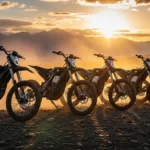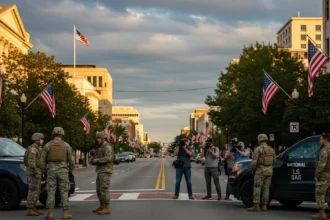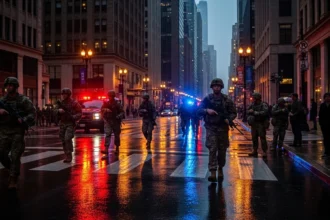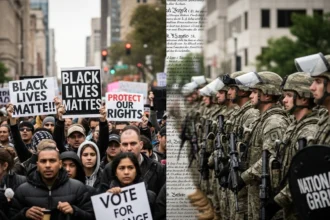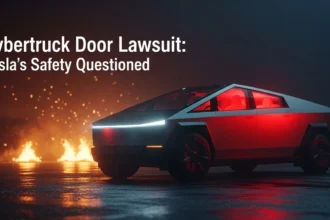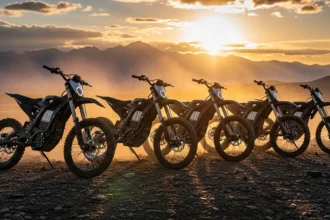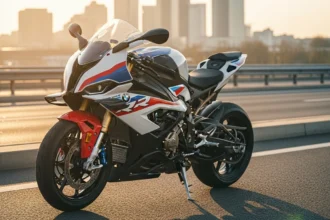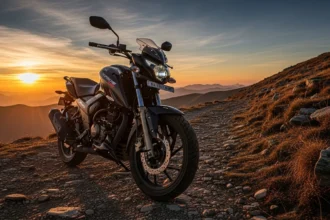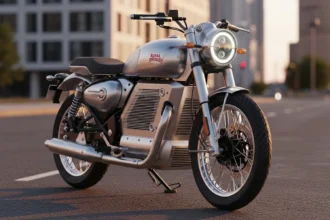When innovation meets tragedy, even the most futuristic companies are forced to face hard questions. Tesla, long celebrated for pushing boundaries in design and technology, now finds its safety record under the microscope. A deadly 2024 crash involving a Cybertruck has led to wrongful-death lawsuits that accuse the company of designing a vehicle that was nearly impossible to escape during an emergency.
This case doesn’t just test Tesla’s engineering – it threatens the core of its carefully crafted safety narrative.
A Tragic Crash in California
On November 27, 2024, a group of college students was driving a Tesla Cybertruck through Piedmont, California. The futuristic pickup veered off the road, slammed into a tree and a retaining wall, and caught fire.
Three students—19-year-olds Krysta Tsukahara and Soren Dixon and 20-year-old Jack Nelson—lost their lives in the blaze. A fourth passenger survived, rescued by a passerby who smashed a window to pull him out.
According to newly filed lawsuits, the crash itself wasn’t immediately fatal. Instead, the victims allegedly died because they were trapped inside—unable to open the doors as the Cybertruck filled with smoke and flames.
The Core Allegation: A Deadly Design
At the heart of both lawsuits is Tesla’s distinctive door system. Unlike traditional vehicles, the Cybertruck relies on electronic buttons to open its doors, inside and out. The design eliminates mechanical handles entirely, giving the truck its smooth, minimalist look.
But there’s a problem: those buttons depend on electric power. When power is lost—as often happens during a severe crash—the buttons stop working.
Tesla does include manual mechanical releases, but their placement has become a central focus of the lawsuits. In the Cybertruck’s rear seats, the manual release is hidden under a rubber liner inside the door pocket, invisible to most passengers. In a dark, smoke-filled cabin, that’s a nearly impossible mechanism to locate.
Rescuers at the crash scene reportedly had to hit the windows repeatedly before finally shattering them—a delay that may have cost precious seconds as the fire spread. Families of the victims claim that Tesla’s design choices made escape needlessly difficult, turning a survivable accident into a fatal one.
Tesla’s Response and Reputation at Stake
Tesla has not issued a detailed public response to the lawsuits. However, the company has consistently promoted its vehicles as the safest in the world, pointing to impressive crash-test ratings and advanced safety features.
That safety-first image is now being questioned. Critics argue that Tesla has, at times, prioritized sleek aesthetics and technological minimalism over intuitive human safety. A button-based door system looks futuristic—but if it can fail in an emergency, is it truly safe?
This isn’t the first time Tesla has faced similar criticism. Earlier models, including the Model S and Model X, have been accused of having doors that lock up or fail to open after power loss. The Cybertruck, with its reinforced stainless-steel shell and “armor glass,” only compounds those concerns by making it harder for rescuers to break in.
A History of Safety Concerns
Tesla’s record with recalls has drawn attention for years. The Cybertruck alone has seen multiple recalls since its 2024 release, including one for stainless-steel trim panels that could detach while driving.
Federal safety regulators have also opened investigations into Tesla door malfunctions across different models. Dozens of complaints describe vehicles whose doors refused to open in power outages or after minor collisions.
For the families suing Tesla, this history paints a pattern—one of foreseeable risk and ignored warnings. Their argument is simple: Tesla knew about these issues long before the Cybertruck crash but failed to fix them.
What the Lawsuit Argues
The wrongful-death lawsuits filed in California allege several key points:
- Defective Design—Tesla’s reliance on electronic door mechanisms created a foreseeable danger in crashes involving power loss.
- Failure to Warn—Tesla did not adequately educate consumers about the location and operation of manual emergency releases.
- Negligence and Misrepresentation—The company marketed the Cybertruck as one of the safest vehicles on the road while allegedly concealing its flaws.
- Causation—The plaintiffs claim the victims would have survived had the doors functioned properly or if the manual releases were accessible.
If proven, these allegations could expose Tesla to substantial damages—and potentially force a redesign of its vehicles.
Tesla’s Likely Defense
Tesla’s legal strategy will likely focus on shifting responsibility away from the design. The company may argue that:
- The crash impact itself caused fatal injuries or made door operation impossible.
- The manual overrides existed and met regulatory safety requirements.
- The driver’s actions or external factors contributed more to the deaths than the vehicle’s design.
Even so, public perception often weighs heavier than legal nuance. Whether or not Tesla prevails in court, the haunting image of passengers trapped inside a burning Cybertruck could leave a lasting mark on the brand.
The Bigger Picture: What’s at Stake for Tesla
This case could be a defining moment for Tesla’s relationship with safety regulation. If the courts rule that the Cybertruck’s design contributed to the deaths, regulators may impose new standards for emergency egress systems in electric vehicles.
Other automakers are already paying attention. Some reports suggest that competitors like Rivian are re-evaluating their own door designs in light of Tesla’s troubles.
Beyond legal and industry fallout, Tesla also faces a cultural challenge: restoring public confidence in its safety-first messaging. The company’s futuristic vision has always balanced innovation with risk—but this case may test whether that balance has tilted too far toward style over survival.
The Human Cost
Behind the legal filings and headlines are grieving families who’ve turned their loss into a mission for accountability. They argue that their children’s deaths were preventable — that better design, clearer instructions, or more traditional safety measures could have saved lives.
Their lawsuits aren’t just about compensation. They’re about sending a message: technology should never outpace the fundamentals of human safety.
Innovation vs. Intuition
Tesla built its empire on innovation—on reimagining what vehicles could be. But this lawsuit highlights a sobering truth: no matter how advanced a vehicle becomes, it must still protect the people inside it when everything goes wrong.
The Cybertruck door lawsuits may or may not succeed in court, but they’ve already done something profound—they’ve reignited a conversation about how far we should go in the pursuit of innovation and whether convenience and aesthetics are worth even a moment’s hesitation when lives are at stake.
In the end, the question isn’t just whether Tesla will win this case. It’s whether the Cybertruck—and the philosophy behind it—will withstand the ultimate test: not how it looks, not how it drives, but how it saves.


